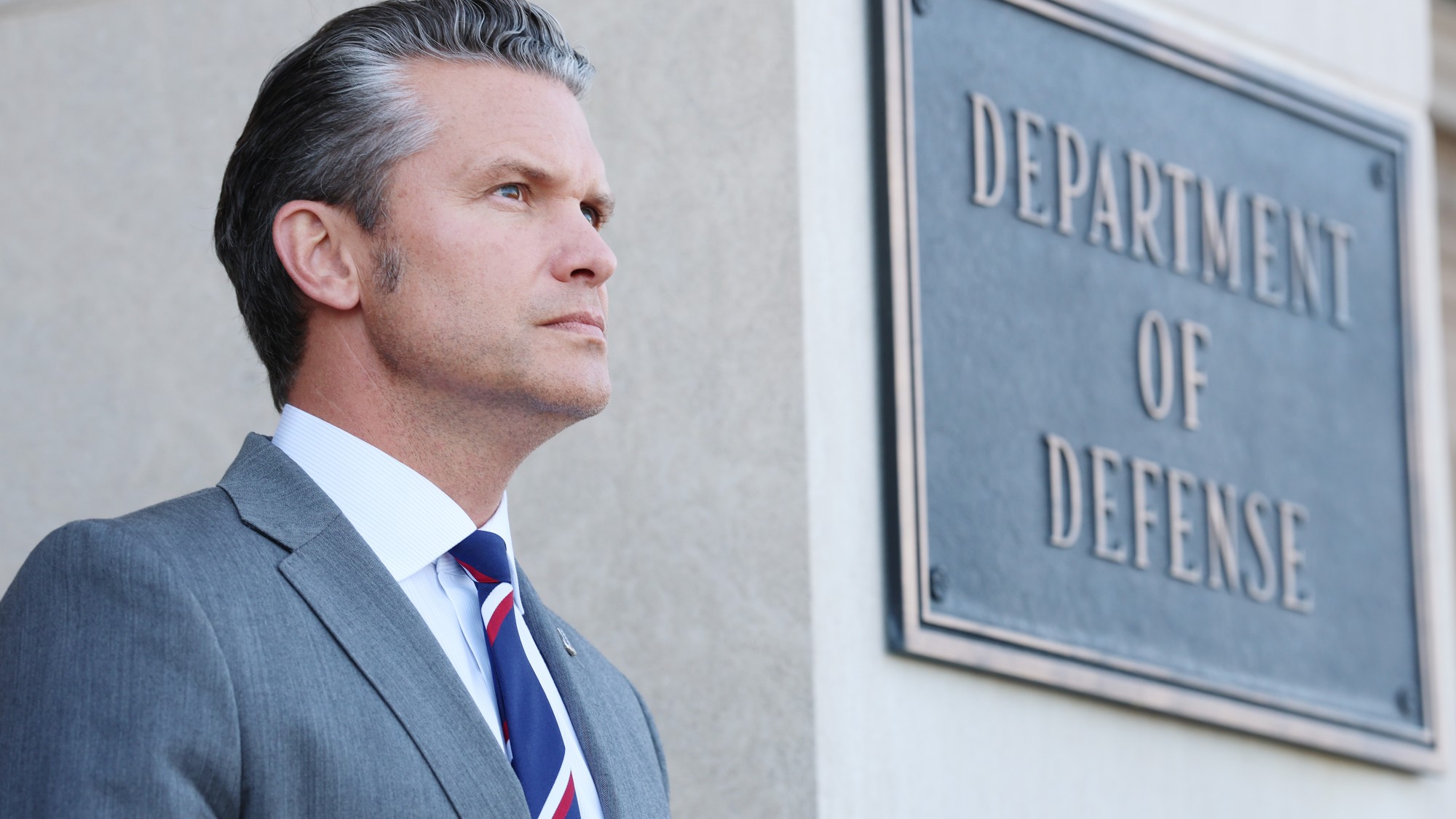Exhibit of the week: Alexander McQueen: Savage Beauty
The Met celebrates the output of the late British designer, who committed suicide last year at age 40.
Metropolitan Museum of Art, New York
Through Aug. 7
A bloodred frock made from microscope slides and feathers. A torn dress made from dying flowers. Awkward platform boots shaped like engorged hooves. Clearly, said Lee Rosenbaum in HuffingtonPost.com, Alexander McQueen’s garments “were more art than fashion,” and the Met’s dazzlingly inventive show celebrates the output of the late British designer in all its “unwearable but unforgettable” glory. McQueen committed suicide last year, at age 40, and that tragic decision seems to underscore the “dark, macabre,” even perverse sensibility that pervades much of his work. “Particularly enchanting” to me was the gallery where mannequins pirouette in mirrored compartments, “accompanied by tinkling music that made them eerily reminiscent of windup dolls from a child’s jewelry box.” They all wear wigs resembling the trademark bob of Vogue editor Anna Wintour.
The Week
Escape your echo chamber. Get the facts behind the news, plus analysis from multiple perspectives.

Sign up for The Week's Free Newsletters
From our morning news briefing to a weekly Good News Newsletter, get the best of The Week delivered directly to your inbox.
From our morning news briefing to a weekly Good News Newsletter, get the best of The Week delivered directly to your inbox.
“Even if you never bother with fashion shows, go to this one,” said Judith Thurman in The New Yorker. It’s less about conventional couture worship than about performance art. Remember, this was the designer who scandalized the fashion world with a collection in which he “envisaged the females of a devolved human species slithering chicly back into the sea in scaly iridescent minidresses.” The exhibition vividly captures the sheer breadth of McQueen’s inspirations, both high and low. “He felt an affinity with the Flemish masters, gospel singing, Elizabethan theater, punk, surrealism, Japan, the ancient Yoruba, and fin de siècle aestheticism.” As the curators proclaim more than once, the man was a modern Romantic.
Yet that very label blithely skirts the “prickly contradictions” in McQueen’s work, said Holland Cotter in The New York Times. Sure, there’s a Romantic sensibility evident in his designs: “a blouse threaded with worms, a coat sprouting horns.” But when the Met tries to pass off his more controversial work as mere Romanticism, it comes across as intellectual laziness. His infamous “Highland Rape” collection, for instance, was supposed to be a commentary on England’s exploitation of Scotland, yet “the sight of zonked-out models stumbling around in torn dresses brought accusations that he was cashing in on abusive images of women.” Was he? If we’re going to treat fashion as art, museums will have to start showing a willingness to ask such questions.
A free daily email with the biggest news stories of the day – and the best features from TheWeek.com
-
 How the War Department became the Department of Defense – and back again
How the War Department became the Department of Defense – and back againIn Depth In 1947 President Harry Truman restructured the US military establishment, breaking with naming tradition
-
 Codeword: December 8, 2025
Codeword: December 8, 2025The daily codeword puzzle from The Week
-
 Sudoku medium: December 8, 2025
Sudoku medium: December 8, 2025The daily medium sudoku puzzle from The Week